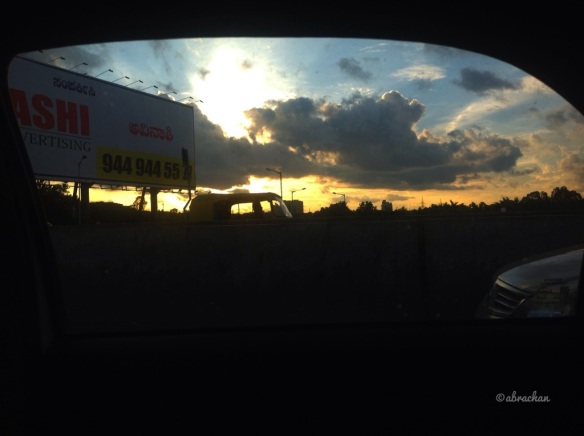Very often as a photographer, I have faced situations which are adverse to photography. Literally there was nothing to shoot, and at the same time, the inner voice says that there is some. That is the time when I experiment with my camera, composition and settings. There is no pre-determined formula to arrive at a good shot. It is all about experimentation. The first experimentation is about looking at the subject from different angles. Adhering to rule of thirds, some times violating it deliberately. Some times blurring the background, and some other times, blurring the foreground, playing with the aperture. If I have a tripod, then I experiment with shutter speed as well. Sometimes I change the lens, filter and even the camera..to add some life to the otherwise dull subject.
In project management, especially software development projects, requirements changes are hated by the programmers, and unfortunately, any product owner who dares to experiment with the product, like a photographer, in order to make it better will end up in changing requirements. It is a good sign. The product owner or the photographer is really committed to an extraordinary outcome, hence this experimentation. Some time back, after going to a location, the first thing I used to do was to mount the tripod at some point, then trying to photograph from that angle, thus limiting myself to a narrow vision. The tripod can be mounted after experimenting from multiple angles. Likewise, the product requirements can be frozen after experimenting with the requirements for a while. That’s when agility plays a major role. Agile project management is aimed at experimentation, and if we approach it with predetermined tunnelled visions, then it is the death of agility.
Here are some photos clicked at Bangalore from a taxi car which took me from the airport to my apartment. I had enough time experimentation, and as per me, I got some interesting output as an outcome.
The first one is by blurring the foreground and focusing on the background..the second one is through the side window, the third one is by blurring it all and the fourth one is by blurring the background.
Delivering that extra…That talks about agility…….














